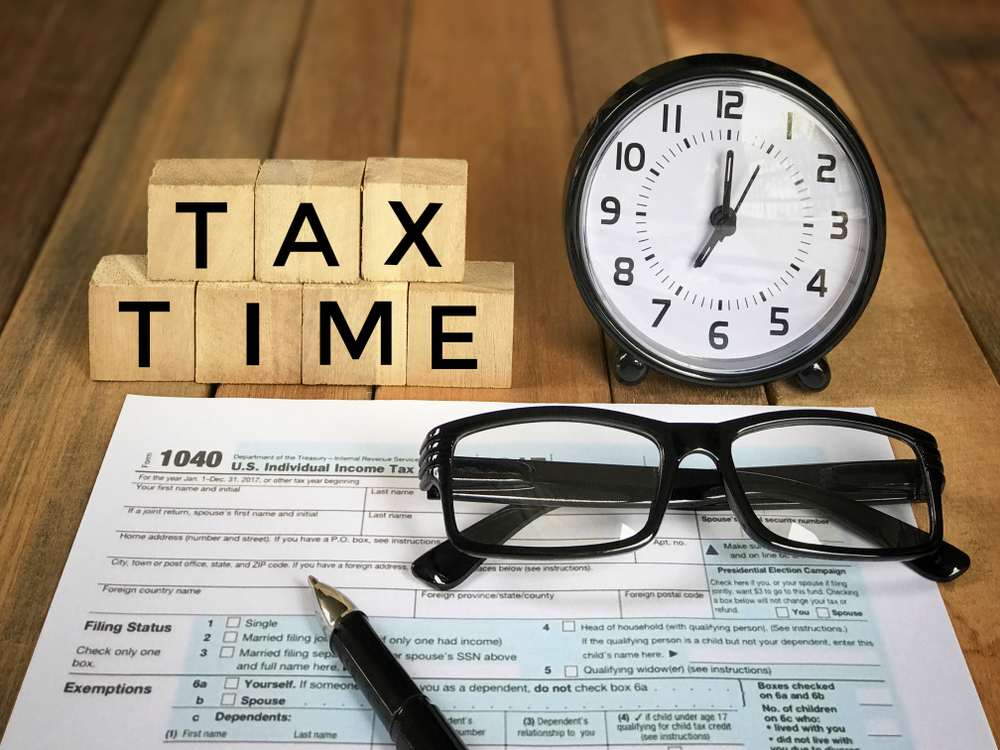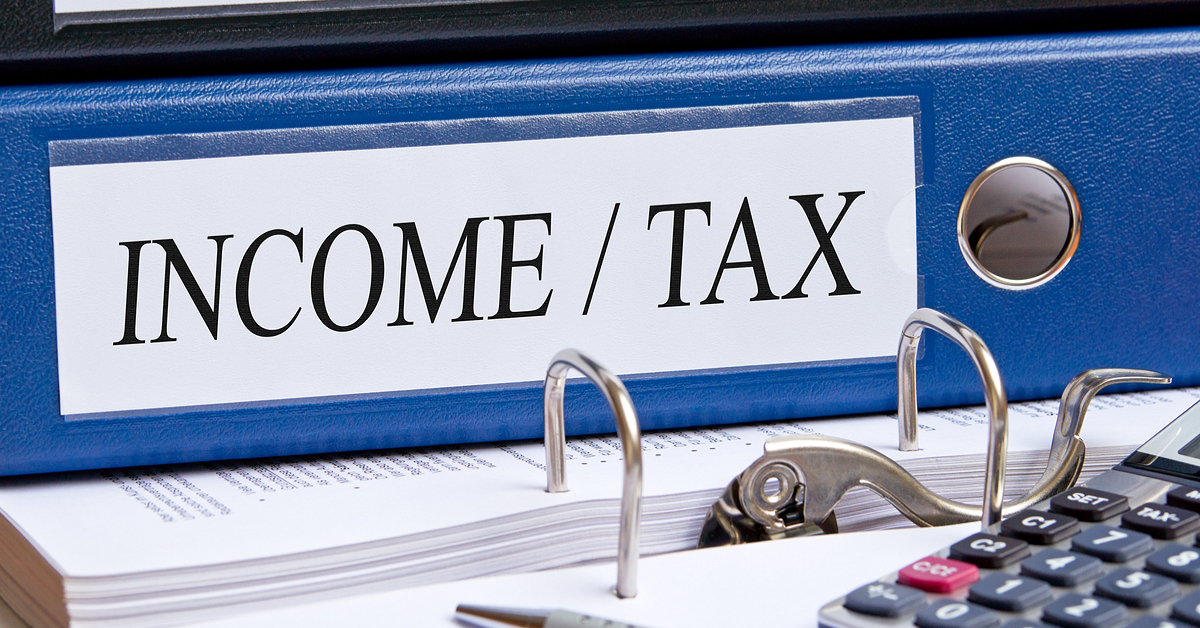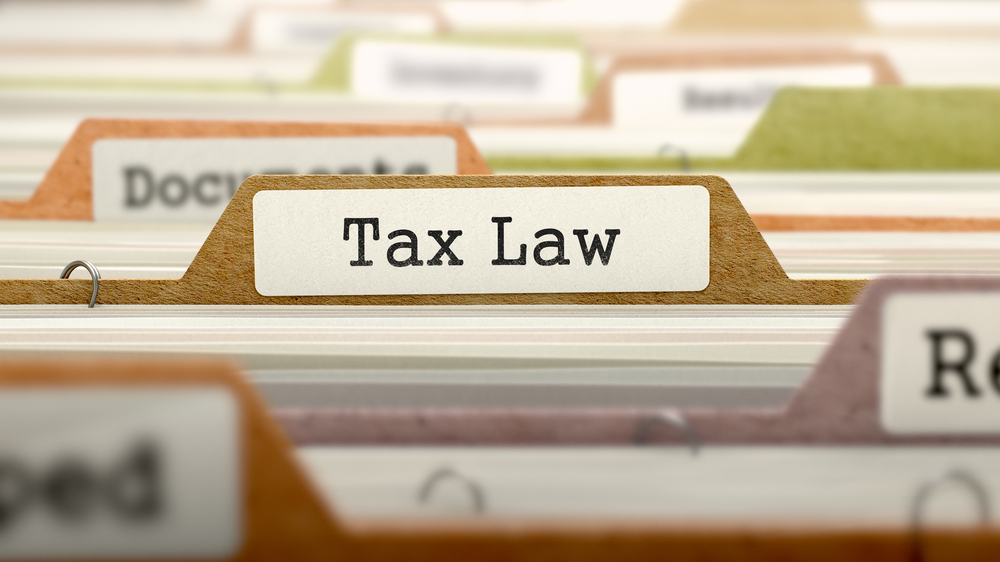 Effective budgeting is crucial for small businesses. Creating a realistic and accurate budget is integral for any small business; without a reasonable budget, your business could be doomed.
Effective budgeting is crucial for small businesses. Creating a realistic and accurate budget is integral for any small business; without a reasonable budget, your business could be doomed.
However, budgeting is a skill and a science, leaving many to refer to it as an art form, not just another routine financial task.
An adequate budget allows businesses to assess where they are spending and making their money, allowing for streamlining the process and maximizing efficiency.
Budgets are also essential for planning and establishing clear financial goals. Budgeting also allows you to predict when business will slow and when things will pick up, which can help you stay in the black and avoid debt.
With an accurate budget, you will know when to invest in your business and when to hold back in preparation for slow months. As a result, you do things like maintenance, repairs, and improvements on your business without putting excess strain on your finances.
How to create a business budget in 6 steps
Creating an adequate business budget can be tricky, especially if your business is relatively new, as you have less data to base the budget on. However, following the steps below, you can prepare your business for the coming year and ensure it remains in the black throughout.
1. Analyze Your Finances
The first step in creating a budget is to look deeply into your previous years’ finances. It would be best to examine where your income comes from when you make money and how reliable each source of income is.
You also need to evaluate your expenses, focusing on what type of expenses you are paying and when these are occurring.
After analyzing your finances, you need to calculate a few figures to help you prepare your budget. You’ll need to identify seasonal patterns by identifying unusually high/low-income periods. Calculating your total annual sales revenue would be best, as this sets how much you have to spend on your budget.
It would be best if you also considered the revenue-per-employee ratio. To calculate this, divide the total sales revenue from the year by the total number of employees at your business.
For example, last year’s sales revenue was $150,000, and you have five employees—$ 150,000/5=$30,000 per employee.
2. Subtract fixed costs
After taking the total sales revenue for last year, you need to subtract the fixed costs. Fixed costs are expenses that do not change in value, and you can predict when they need to be paid. Some examples of fixed costs include rent, employee salaries, fixed loan repayments, and non-variable utilities.
Your fixed costs should remain the same every month, allowing you to quickly calculate how much you need to make to keep the lights on.
After totaling up your fixed costs for the year, you need to subtract them from the sales revenue for the year. This will show you what you must spend on variable expenses and investments.
3. Subtract variable expenses
A variable expense is the term given to business costs that change in frequency and value throughout the business year. Some examples of variable expenses include utility bills like electricity, hourly employee wages, business owner’s salary, bonuses, and materials for production.
The variable expenses for a business will typically mirror the production or output of your business.
For example, if you make phone cases and sell them online, you must purchase more raw materials to make more cases if you get a large order. If you get no orders, you won’t need to spend anything on raw materials, reducing variable expenses.
As a result, during the leaner months of the year, you should do everything you can to eliminate how much you spend on variable expenses. You can do this through cost optimization and reducing production or reliance on hourly employees.
Then, when the business picks back up in your profitable months, you can increase the variable expenditure as it can benefit your business in the long term.
4. Set aside a contingency fund for unexpected costs
A contingency or rainy day fund, known in household budgets, is money put aside for unforeseen expenses. An unforeseen expense is one that you cannot predict and is usually high in value. A contingency fund is crucial for keeping the doors open in your business and staying in the black when unforeseen costs arise.
For example, if you run a store, an unexpected expense could be a burst pipe that damages your stock. In this case, you may need to pay for repairs to the lines, and you will need to pay to replace the damaged products. This could push your business into debt or even bankruptcy without a contingency fund.
However, with a contingency fund, you can ensure your business remains profitable.
Depending on your business, the amount you need to set aside for a contingency fund will vary greatly. However, as a general rule of thumb, set aside about 20% of your expenses for a contingency fund.
5. Determine your profit
Now that you have assessed how much gross money your business makes in a year, it’s time to figure out the net profits.
To do this, take the sales revenue, subtract the fixed and variable incomes, and set aside some money for a contingency fund. What you are left with is the projected profits for the year.
If you are left with a positive number after subtracting the costs from your projected revenue, your business is in the black.
However, if you have a negative number, you are launching a loss for the coming year. If you have a projected loss for the year, you can find ways to eliminate expenses to make your business profitable.
Alternatively, you can operate at a loss for a year, provided you expect your business to grow in the following years to account for the losses.
Otherwise, you need to amend your business plan, increase how much you charge, or optimize your costs to ensure profitability in the future.
Keeping Your Small Business in the Black
Running a small business is a massive challenge. While large corporations can dedicate entire teams of experts to create budgets for the coming years, as a small business owner, you are limited as to the time and effort you can dedicate to budgeting.
This leaves you with two options: take the time to put together a budget and hope you can turn a profit, or seek some outside help.
AA Tax and Accounting Services supports small businesses through several financial services. With our help, you can set a realistic budget for your company without spending weeks crunching numbers and potentially making mistakes.
Contact us today to learn more about our services to improve your small business.



 Managing your accounts, balancing your book, and preparing for taxes are all complex, time-consuming tasks you need to do as a small business owner. Accounting is crucial to ensure your business is profitable, planning for the future, as well as complying with local tax laws and financial regulations.
Managing your accounts, balancing your book, and preparing for taxes are all complex, time-consuming tasks you need to do as a small business owner. Accounting is crucial to ensure your business is profitable, planning for the future, as well as complying with local tax laws and financial regulations. As the saying goes, only death and taxes are unavoidable. Still, even though you have to pay taxes, you can change how much you pay by planning ahead and making wise choices. This type of strategic tax planning can set you up for a better tax situation, but you have to start planning now to make the most of your efforts. At
As the saying goes, only death and taxes are unavoidable. Still, even though you have to pay taxes, you can change how much you pay by planning ahead and making wise choices. This type of strategic tax planning can set you up for a better tax situation, but you have to start planning now to make the most of your efforts. At  In the complicated finance world, making the right choices can be challenging, especially when there are so many regulations to follow. Having a skilled accountant by your side can make a huge difference, whether you’re managing your own money or your business’s money. We not only have a lot of knowledge at
In the complicated finance world, making the right choices can be challenging, especially when there are so many regulations to follow. Having a skilled accountant by your side can make a huge difference, whether you’re managing your own money or your business’s money. We not only have a lot of knowledge at  Tax season can be a daunting experience for anyone. But if you plan ahead, it doesn’t have to be overwhelming. Planning your taxes today for next year’s filing in 2024 can help make sure you are organized and prepared when the time comes. Here we’ll explore how planning now will make dealing with taxes easier come April of 2024.
Tax season can be a daunting experience for anyone. But if you plan ahead, it doesn’t have to be overwhelming. Planning your taxes today for next year’s filing in 2024 can help make sure you are organized and prepared when the time comes. Here we’ll explore how planning now will make dealing with taxes easier come April of 2024. Are you in the market for a new loan? If so, it’s important to understand how recent interest rate hikes may affect your decision. Interest rates are an essential factor in determining what type of loan and terms might be right for you – but they can change quickly, too. In this article, we’ll explain exactly what rising interest rates mean for potential borrowers like yourself.
Are you in the market for a new loan? If so, it’s important to understand how recent interest rate hikes may affect your decision. Interest rates are an essential factor in determining what type of loan and terms might be right for you – but they can change quickly, too. In this article, we’ll explain exactly what rising interest rates mean for potential borrowers like yourself. Tax planning is an important part of managing your finances, and it can have a huge effect on the amount of money you keep in your pocket. It’s essential for individuals to understand how their taxes work, so they can make strategic decisions that will yield the most advantageous outcomes. Yet many people don’t know why tax planning is so critical – or even what it is! In this article, we’ll discuss why tax planning matters and how it can benefit individuals.
Tax planning is an important part of managing your finances, and it can have a huge effect on the amount of money you keep in your pocket. It’s essential for individuals to understand how their taxes work, so they can make strategic decisions that will yield the most advantageous outcomes. Yet many people don’t know why tax planning is so critical – or even what it is! In this article, we’ll discuss why tax planning matters and how it can benefit individuals. Tax planning can seem like a daunting and overwhelming task, but it doesn’t have to be. With the right resources and knowledge, anyone can get started with tax planning in no time. In this article, you’ll learn how to navigate the tax system to make sure you’re taking advantage of all available tax deductions and credits. You’ll also discover strategies for staying on top of your taxes year-round, so that filing taxes is less stressful come April 15th. Let’s dive in and explore the world of tax planning!
Tax planning can seem like a daunting and overwhelming task, but it doesn’t have to be. With the right resources and knowledge, anyone can get started with tax planning in no time. In this article, you’ll learn how to navigate the tax system to make sure you’re taking advantage of all available tax deductions and credits. You’ll also discover strategies for staying on top of your taxes year-round, so that filing taxes is less stressful come April 15th. Let’s dive in and explore the world of tax planning! Taxes can be one of the most daunting tasks for any business owner. With the due dates quickly approaching, it’s important to have a plan in place to ensure that everything is taken care of in a timely manner. This article will discuss key strategies that business owners can use to prepare for quarterly taxes, allowing them to minimize their stress and maximize their profits.
Taxes can be one of the most daunting tasks for any business owner. With the due dates quickly approaching, it’s important to have a plan in place to ensure that everything is taken care of in a timely manner. This article will discuss key strategies that business owners can use to prepare for quarterly taxes, allowing them to minimize their stress and maximize their profits. 

